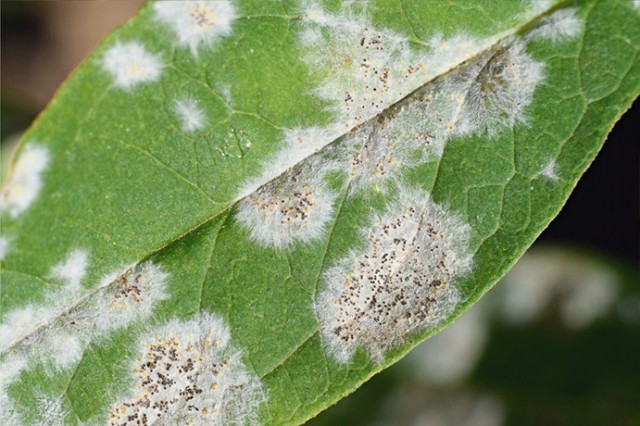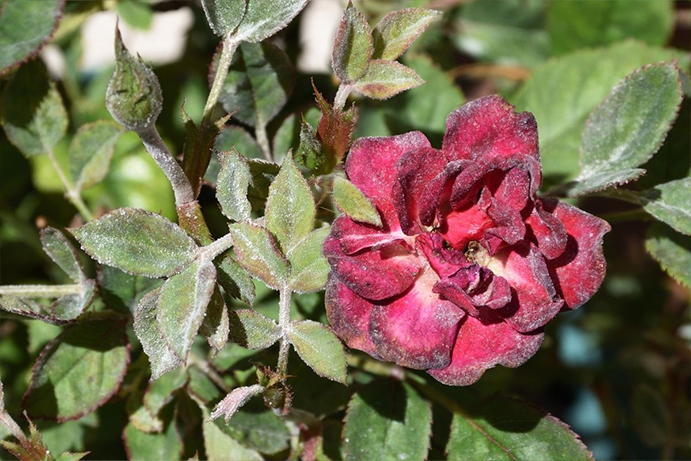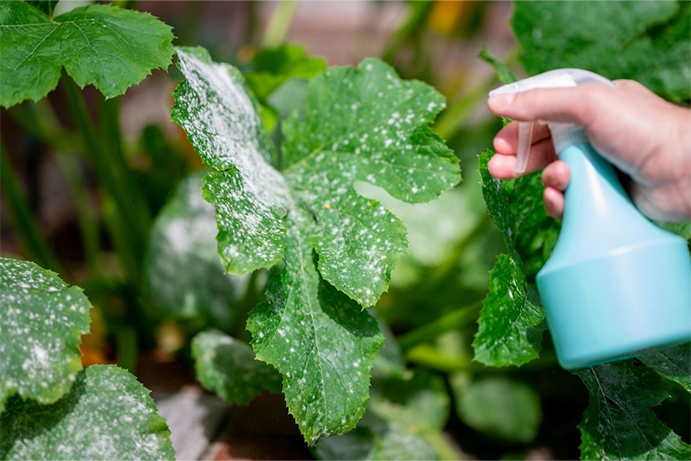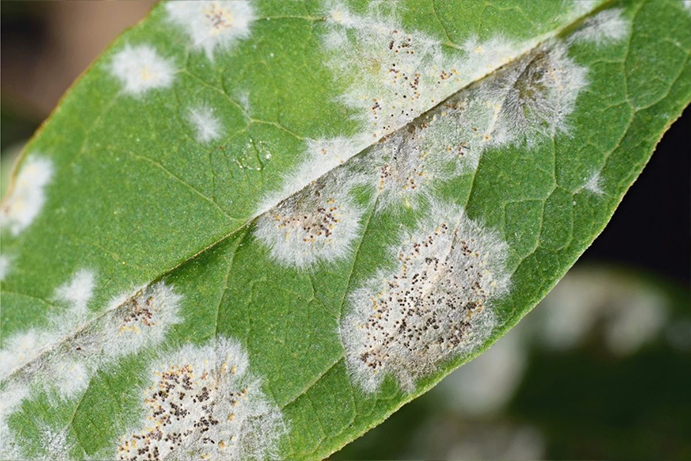May 25, 2022 by Cherry Lane

How to Identify Powdery Mildew on Your Plants
Guest Blog – By Tony Manhart
Published June 2022
How to Identify Powdery Mildew on Your Plants In this article, we will talk about how to identify powdery mildew on your plants. Powdery mildew disease affects many plants and causes unsightly, powdery spots on leaves, stems, fruits, and buds. It is caused by fungal pathogens. These pathogens infect plants through the leaves. Powdery mildew occurs when the conditions are conducive to fungal growth. This happens when the environment is warm and damp. The spores of powdery mildew germinate into microscopic fungi and begin to form on leaves and fruit. If you are interested in more information keep reading! How Do You Identify Powdery Mildew? There are a couple of signs that your plant has white powdery mildew. 1. First, you can look at the plant’s leaves to see if they have a light green colour. If the leaves are green, the plant isn’t affected by the disease. 2. Next, you can look at the edges of the leaves. If there is a line that looks fuzzy, that indicates that the plant is affected by powdery mildew. The fuzzy lines on the edges of the leaves are an indication of the fungus attacking the plant. You can also check to see if there is a whitish substance that appears on the edges of the leaves. The fungus uses the plant as a host. It feeds on the plant’s sap, which causes it to rot and die. If your plant shows signs of powdery mildew, you should start treating it immediately. What Does The Beginning of Powdery Mildew Look Like? Mildew starts on leaves, but it looks nothing like the mildew that people think of as the classic green-brown fungus. It begins with a white or cream-coloured coating that looks like powdered sugar and then spreads inward from the edges. Mildew is often confused with another fungal disease called black spot. Blackspot is caused by a fungus that forms black spots. Blackspot is typically found on fruit, while mildew is on plants. Should I Destroy Plants That Have Powdery Mildew? When your plants start showing signs of powdery mildew (white spots on the leaves, for example), it’s important to know whether you should pull the plant out now or wait until it spreads and causes more damage. You can help control powdery mildew in the garden by watering with a solution of 1 teaspoon of baking soda and ½ teaspoon of liquid soap per gallon of water. Spray the solution on the affected plants or plants next to the infected plants. Do this every other day for a few days. Repeat this process every few days until all the powdery mildew is gone. Preventing Powdery Mildew From Spreading The first step in preventing powdery mildew from spreading is to remove any infected leaves from the plant. The most common powdery mildew is caused by two fungi species: Uncinula necator and Erysiphe graminis. U. necator can be found most often in greenhouses and nurseries, but it is also found in commercial agriculture. The symptoms of powdery mildew look very similar to those of rust but are not as serious. If the fungus gets into the plant’s stem, it can cause rotting of the stem. What Is The Difference Between Powdery Mildew and Downy Mildew? What is the difference between these two?- Powdery mildew is a fungal infection that affects plant leaves, stems, and fruits.
- Downy mildew is a fungal disease of plant roots, stems, and fruits.








